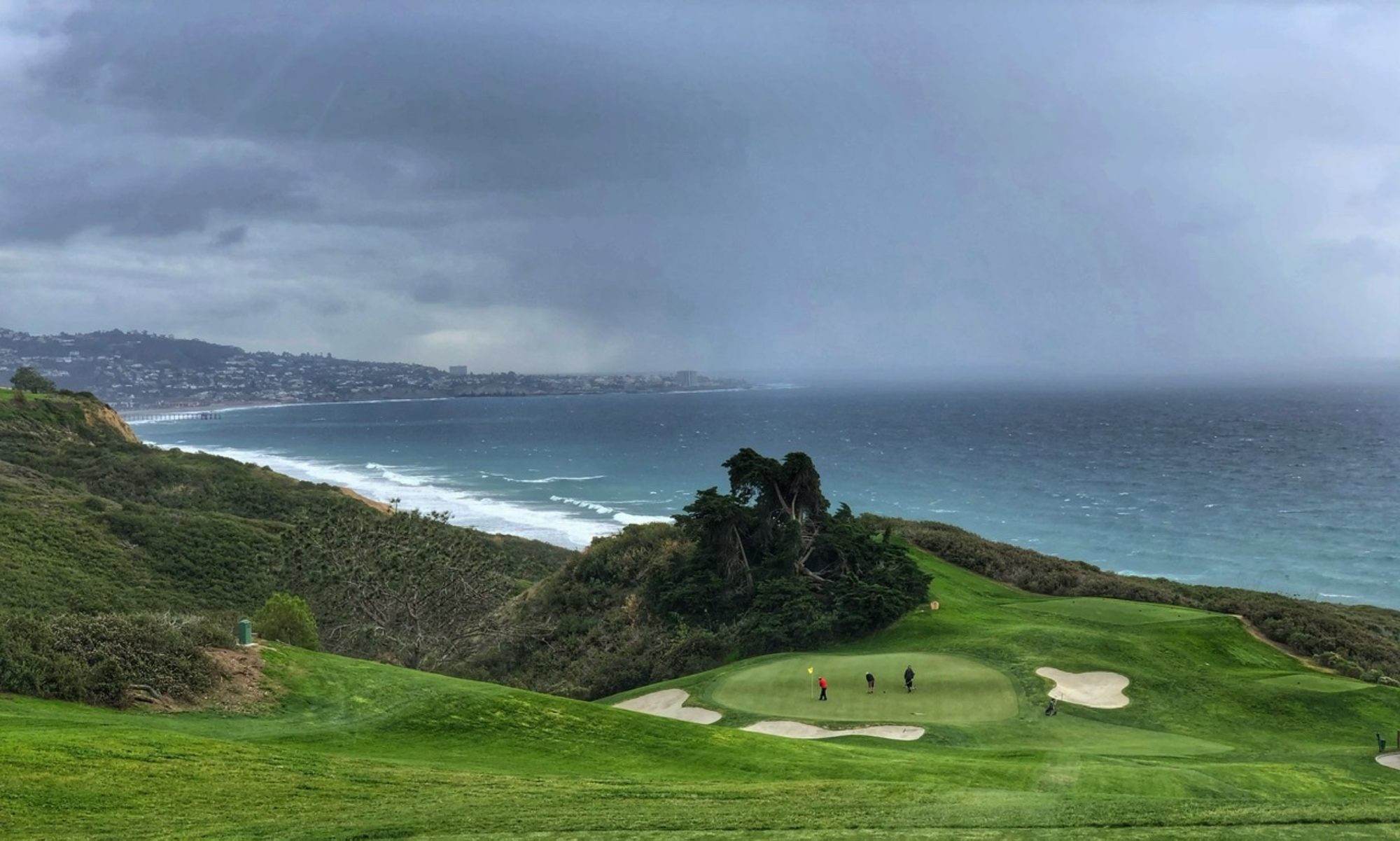In my youth, I didn’t pay much attention to street names. Francis Lewis Boulevard was just a street I crossed to get a slice of Scotty’s Pizza in Queens. The thought of Francis Lewis as a signer of the Declaration of Independence never crossed my mind. Street names were simply markers, not windows into history.
More recently, while visiting my son in Pinecrest, Florida, I passed Agent Jerry Dove Drive. Being near Miami, I assumed it must honor a talent agent—perhaps someone famous for landing the Kardashians a Netflix series. I got it wrong, and spectacularly so.
Street names like these are often more than just labels; they carry stories of heroism, history, or even humor. Let’s take a closer look at some streets with tales that deserve a second glance.
1. The Pinecrest Shootout Legacy: A Street Honoring Jerry Dove
In Pinecrest, Florida, Jerry Dove Drive honors FBI Special Agent Jerry Dove, who was killed in the infamous 1986 FBI Miami shootout. This tragic event unfolded when Dove and his partner, Benjamin Grogan, confronted two heavily armed bank robbers. Despite their bravery, both agents were fatally wounded in the intense gun battle. The incident revealed a critical flaw in FBI equipment: their .38 caliber revolvers and 9mm pistols were no match for the criminals’ firepower. This led to the adoption of more powerful firearms, including the .40 caliber handgun. The street name immortalizes Dove’s sacrifice and reminds us of the pivotal changes in law enforcement practices sparked by his bravery.
2. ZZyzx Road
Driving from Utah to San Diego along Interstate 15 is a journey through dramatic landscapes and shifting terrains. After leaving the red rock vistas of Utah and the towering mountains of Nevada, the road leads you into the stark, sun-soaked Mojave Desert in California. Passing landmarks like the desolate Ivanpah Valley and the striking silhouette of the Dumont Dunes, I found myself at a peculiar sign for Zzyzx Road, seemingly a random scramble of letters. I chuckled, imagining a San Bernardino County official’s toddler commandeering a keyboard to register the name.
However, the real story of Zzyzx is even more outlandish. It was coined by Curtis Howe Springer in the 1940s as part of his attempt to brand a desert spa as “the last word in health,” both figuratively and alphabetically. The health claims were dubious, and Springer was eventually evicted for squatting on federal land. Today, Zzyzx Road leads to the Desert Studies Center, but it remains a quirky relic of America’s eccentric roadside history.
On my bucket list to visit
3. Chicken Dinner Road – Caldwell, Idaho
Yes, there’s really a Chicken Dinner Road in Idaho! The story goes that in the 1930s, a local woman named Laura Lamb served a delicious chicken dinner to Idaho Governor Ben Ross and used the opportunity to lobby for improvements to the dusty road near her home. Her charm and chicken evidently worked, as the road was soon paved—and the name stuck. It’s a quirky reminder of how good food can lead to progress.
4. Psycho Path – Traverse City, Michigan
Who says city planners don’t have a sense of humor? Psycho Path is a small, private road in Michigan that often makes lists of the funniest street names in the U.S. It’s not clear if it was intended as a joke, but its darkly comedic name has made it a local legend. Imagine telling someone that’s where you live!
5. Why Worry Lane – Rincon, Georgia
In a world filled with stress, Rincon, Georgia, offers a lighthearted reminder to take it easy with Why Worry Lane. This cheerful name brings a smile to locals and visitors alike, offering a small but meaningful encouragement to embrace life with a sense of humor.
6. Ha-Ha Road (Columbus, Ohio)
• This name might seem like a joke, but “Ha-ha” refers to a design feature in 18th-century landscaping: a sunken fence meant to keep livestock out of gardens without obstructing the view. Its use here could relate to an old estate or a local in-joke.
7. This Ain’t It Road (Copperhill, Tennessee)
• This road was reportedly named after frustrated drivers searching for a destination who exclaimed, “This ain’t it!” Local legend has it that the road sign became a humorous way to confirm its misleading nature.
Concluding Thoughts
Whether it’s a heartfelt tribute to a hero, a name born out of culinary persuasion, or a pun that makes you laugh, street signs offer a surprising lens into our shared history and quirks. The next time you’re out for a walk or drive, take a moment to consider the story behind the street you’re on. Who knows? You might stumble across a tale as fascinating—or funny—as the street itself.










